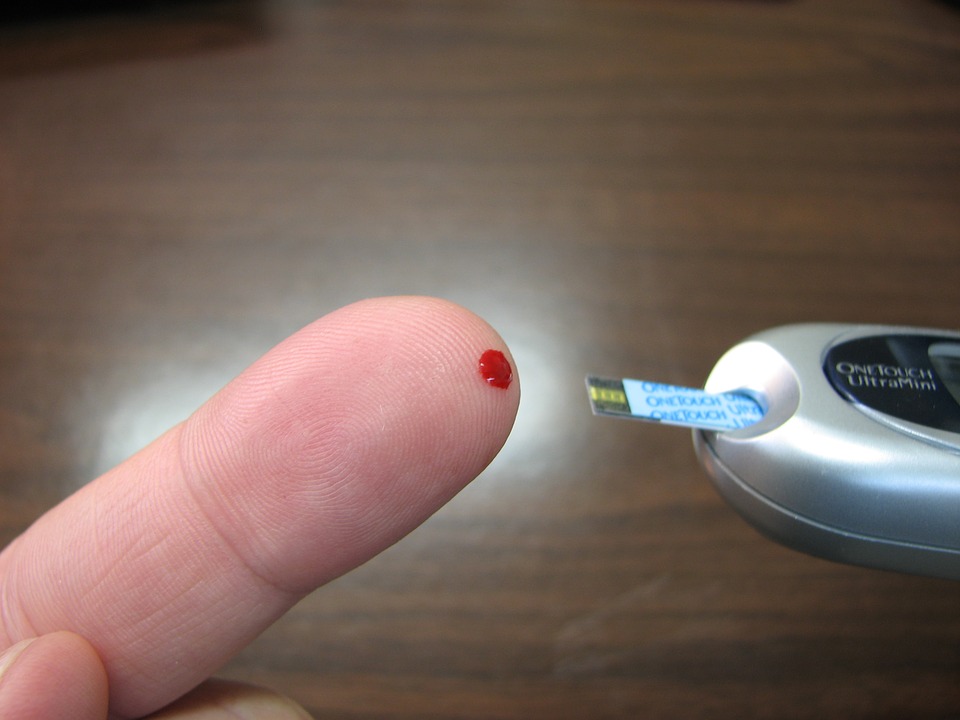
At this year’s Annual Meeting of the European Association for the Study of Diabetes (EASD) in Madrid from September 9th to 13th, it will be discussed that a simple blood test could help identify individuals with type 2 diabetes who are at higher risk of certain cancers. People with type 2 diabetes are known to have a higher risk of developing cancers related to obesity, such as breast, kidney, womb, thyroid, ovarian, colorectal, pancreatic, and gastrointestinal cancers, as well as multiple myeloma. It is believed that chronic low-grade inflammation, which is common in both obesity and type 2 diabetes, plays a significant role in the development of cancer in these conditions.
Mathilde Dahlin Bennetsen and colleagues from the Steno Diabetes Center Odense explored whether differences in levels of proinflammatory cytokines could help identify individuals with type 2 diabetes at higher risk of certain cancers. This could lead to more targeted monitoring, early detection, and personalized treatment.
The study involved 6,466 members of the Danish Centre for Strategic Research in Diabetes (DD2) cohort, who were newly diagnosed with type 2 diabetes. At the start of the study, levels of the proinflammatory cytokines interleukin-6 (IL-6), tumour necrosis factor-alpha (TNF-alpha), and high-sensitivity C-reactive protein (hsCRP) were measured.
The participants were divided into three groups based on their IL-6 levels: the lowest third (IL6 < 0.94 pg/ml), the middle third (0.94-1.58 pg/ml) and the highest third (>1.58 pg/ml). They were then followed for a median of 8.8 years, during which 327 developed an obesity-related cancer. Higher levels of IL-6 at baseline were associated with a greater risk of developing an obesity-related cancer.
When the results were adjusted for age, sex, diabetes duration, alcohol consumption, waist circumference, physical activity, HbA1c (a measure of how well blood sugar is controlled), triglyceride levels, use of lipid-lowering drugs and use of diabetes medication, those in the highest group had a 51% higher risk of developing an OR cancer compared with those in the lowest group.TNF-alpha and hsCRP were only weakly associated with OR cancers compared to IL-6.
Taking smoking status into account did not alter the results. Additionally, when the researchers included baseline IL-6 levels along with other known risk factors for obesity-related cancers, it resulted in a slight but significant improvement in the ability to predict whether an individual would develop one of these cancers.
The inclusion of TNF-alpha or hsCRP did not enhance the predictive models, while higher IL-6 levels were found to be associated with the development of OR cancers in patients recently diagnosed with type 2 diabetes. Ms. Bennetsen suggested that a simple blood test in the future could help identify those at higher risk of these cancers. However, additional research is necessary to determine if such testing would improve early detection and management of these cancers.
Ms Bennetsen adds: “Understanding that higher levels of inflammation can indicate a greater risk of certain cancers highlights the importance of regular check-ups and effective diabetes management.“Maintaining a healthy lifestyle and adhering to treatment plans can potentially help manage inflammation and reduce cancer risk.”